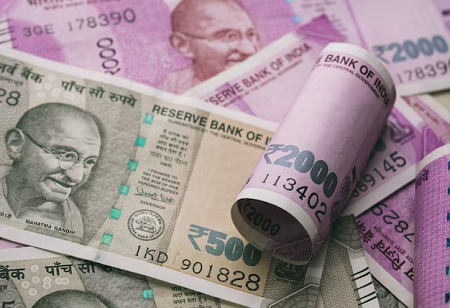
India’s capital expenditure saw a notable dip between April and November, with spending amounting to ₹131.28 billion, 12.3% lower year-on-year. The general elections and heavy rains caused this decline. The government sets a capital expenditure target of ₹11.1 lakh crore each year; however, for FY25, it has spent only ₹5.13 lakh crore, representing 46.2% of the annual target. In the same time last year, expenditures represented 58.5%, indicating a notable deficit.
This shortfall in capital spending raises alarm about India's fiscal deficit and general economic well-being, making fiscal deficit, nominal GDP, capital spending, and gross tax revenues essential for grasping the nation's fiscal outlook. As policymakers deal with these circumstances, the emphasis will be on harmonizing growth, boosting tax revenues, and guaranteeing effective expenditure to uphold fiscal sustainability.
India’s fiscal deficit for FY25 might be subjected to downward revisions because the nominal GDP growth has been down to 9.6 percent from the earlier budgeted estimate of 10.5 percent. The government had set nominal GDP at the current price target at ₹326.4 lakh crore, but the first advance estimates brought it down to ₹324.1 lakh crore.
"Given the expectations of a large miss in the capex target, we expect the fiscal deficit print to trail the 2024-25 revised budget estimates, which would largely offset the lower-than-budgeted nominal GDP print," said Aditi Nayar, Chief Economist at ICRA.
Meanwhile, Sakshi Gupta, Principal Economist at HDFC Bank, offered a different perspective, stating, "The government is likely to achieve a lower fiscal deficit of 4.65% of GDP, helped by higher-than-budgeted gross tax collections combined with lower-than-estimated capital expenditures."
We use cookies to ensure you get the best experience on our website. Read more...